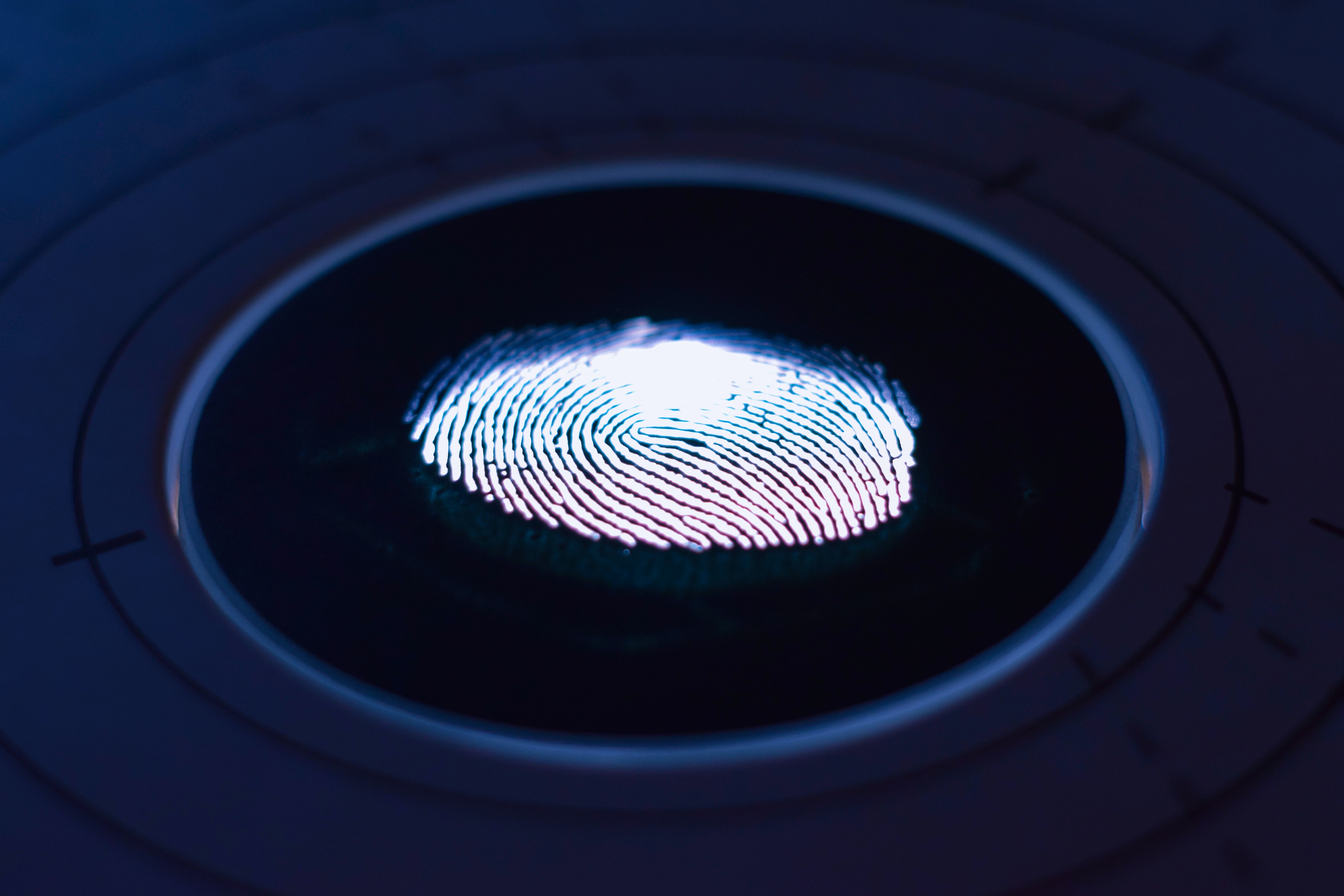
Biometric authentication is a security measure enterprises employ to confirm the identity of employees, customers, and third parties. Devices such as cameras and fingerprint scanners match pre-recorded biometric data with corresponding biometric factors presented to gain access to devices, applications, and databases. Different types of biometric authentication exist, including facial recognition, fingerprint scans, eye scans, and voice recognition, among others.
As a security measure, biometric authentication software removes the need for tokens or passwords that require manual input, which can be lost, forgotten, or stolen. Biometric security measures have been increasingly integrated into security systems, apps, and smartphones for their irreplaceability. Single sign-on (SSO) technology often employs biometric authentication as part of a multi-factor authentication (MFA) security measure. To be included in G2’s biometric authentication category, biometric factors must be recorded using native device components such as a smartphone’s fingerprint scanner or built-in camera.
There are several different methods to authenticate digital identities with biometrics, including:
There are several use cases and benefits of using biometric authentication for security purposes, which include:
To make biometric authentication effective within an organization, users can follow these best practices:
Biometric authentication should not be confused with identity verification, though “authentication” and “verification” are closely related and often used interchangeably. Adding to the two terms’ conflation is the increased prevalence of identity verification software that records biometric factors.
Identities must be verified before they can be authenticated. Identity verification usually occurs once, and when the end user returns to access protected information, data, and assets, they must authenticate themselves upon their request.
Verification: This term refers to a security system learning the identity proposed to it and confirming that identity belongs to the person proposing it. This is often achieved by verifying multiple credentials, such as a government-issued photo ID, a birth certificate, a Social Security Number, and more, and then recording additional factors, such as facial features. A security system would then be able to match the photo ID to the picture the end user would have been prompted to take and confirm that the person requesting verification is the person in the proposed identity. Another way to think of identity verification is this query: “Who is this person in the real world?”
Authentication: Authentication is the process of recording or presenting unique characteristics or data, including biometric information, to establish that the end user requesting access is authorized. The end user requesting access to an organization’s assets or data authenticates their identity to prove their identity has already been verified and provisioned with the proper credentials to access the requested information. Authentication can be thought of as the following question: “Is this person who they say they are?”
Enterprises and end users should be aware of the types of biometric data collected to authenticate identities. It is essential to understand the numerous use cases this powerful and spoof-resistant technology has while also being aware of the sensitive nature of the data itself.
When integrating or upgrading biometric authentication capabilities, enterprises must ensure the biometric data used to authenticate end-user identities is as secure as possible.
Brandon is a Senior Research Analyst at G2 specializing in security and data privacy. Before joining G2, Brandon worked as a freelance journalist and copywriter focused on food and beverage, LGBTQIA+ culture, and the tech industry. As an analyst, Brandon is committed to helping buyers identify products that protect and secure their data in an increasingly complex digital world. When he isn’t researching, Brandon enjoys hiking, gardening, reading, and writing about food.
What is mobile authentication? Mobile authentication is where the identity of a user is...
 by Holly Landis
by Holly Landis
What is passwordless authentication? Passwordless authentication verifies a user’s identity...
 by Alyssa Towns
by Alyssa Towns
Imagine receiving emails from anyone without knowing if the sender is legitimate. How would...
 by Alyssa Towns
by Alyssa Towns
What is mobile authentication? Mobile authentication is where the identity of a user is...
 by Holly Landis
by Holly Landis
What is passwordless authentication? Passwordless authentication verifies a user’s identity...
 by Alyssa Towns
by Alyssa Towns


.png?width=400&name=load%20balancing%20algorithms%20(3).png)